Eco-fragile Dahanu—caught between Adani-Dahanu Thermal Power Station, Maharashtra Industrial Development Corporation Tarapur and Gujarat Industrial Development Corporation Vapi—stares in the face of a railway line expansion, freight corridor construction and a contentious port for which 5,000 acres of land will be reclaimed
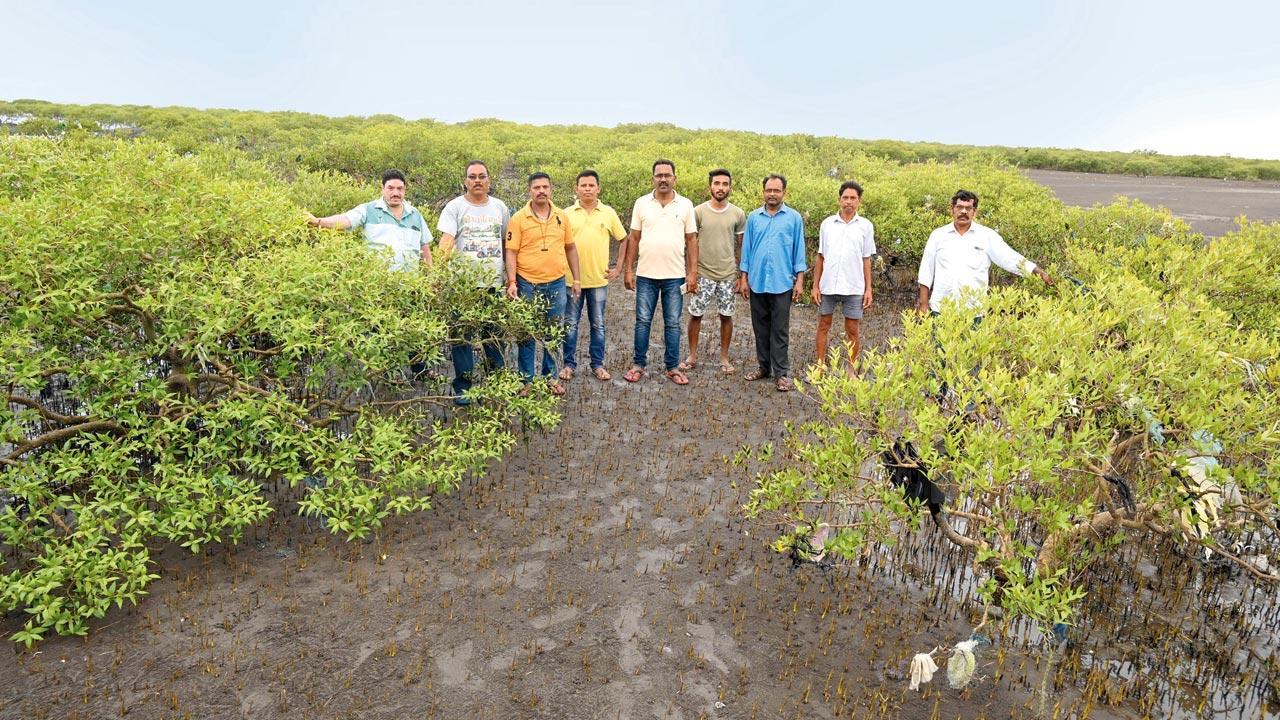
Vijay Vinde and Hemant Tarmore with members of the fishing community opposing the port, stand among undisturbed mangroves whose shade maintains temperature in tide pools, creating a nursery ground for fish and coral reefs. Pic/Hanif Patel
The grey clouds grow heavier as we negotiate the bends in the road leading to Yezdi Patel’s chikoo farm in the Dahanu-Gholvad belt of Palghar district, three hours from Mumbai. Two days earlier, the monsoon made a dramatic show of its arrival—it rained relentlessly for an entire day and a little more, we are told. Today, the spells are intermittent. Patel, who greets us at the entrance of his 50-acre orchard, looks up at the sky, and seems unimpressed. It won’t rain heavily, he hints, asking us to join him under the trees, where he has placed a few plastic chairs. “This year, the monsoon is already delayed by 10 days.”
ADVERTISEMENT
A Dahanu local, Patel joined the family tradition when he became a chikoo farmer in 1983, at the age of 18. It would have been a lucrative career choice, except for the fact that, six years later, the state and Central governments cleared a proposal by the then Bombay Suburban Electricity Supply Company Limited (BSES) for a coal-fired thermal power plant to be set up in Dahanu taluka. At the time, the move was fiercely resisted by environmental activists—leading this fight was Dahanu Taluka Environment Protection Group, whose petitions were dismissed by the Supreme Court in 1991, paving the way for the plant. Thirty one years on, Patel, whose farm is barely 12 km from the plant, says that nothing good has come out of that decision. “You know the story of the golden goose?” Patel asks, “Let’s just say that Dahanu has stopped laying its golden eggs.”
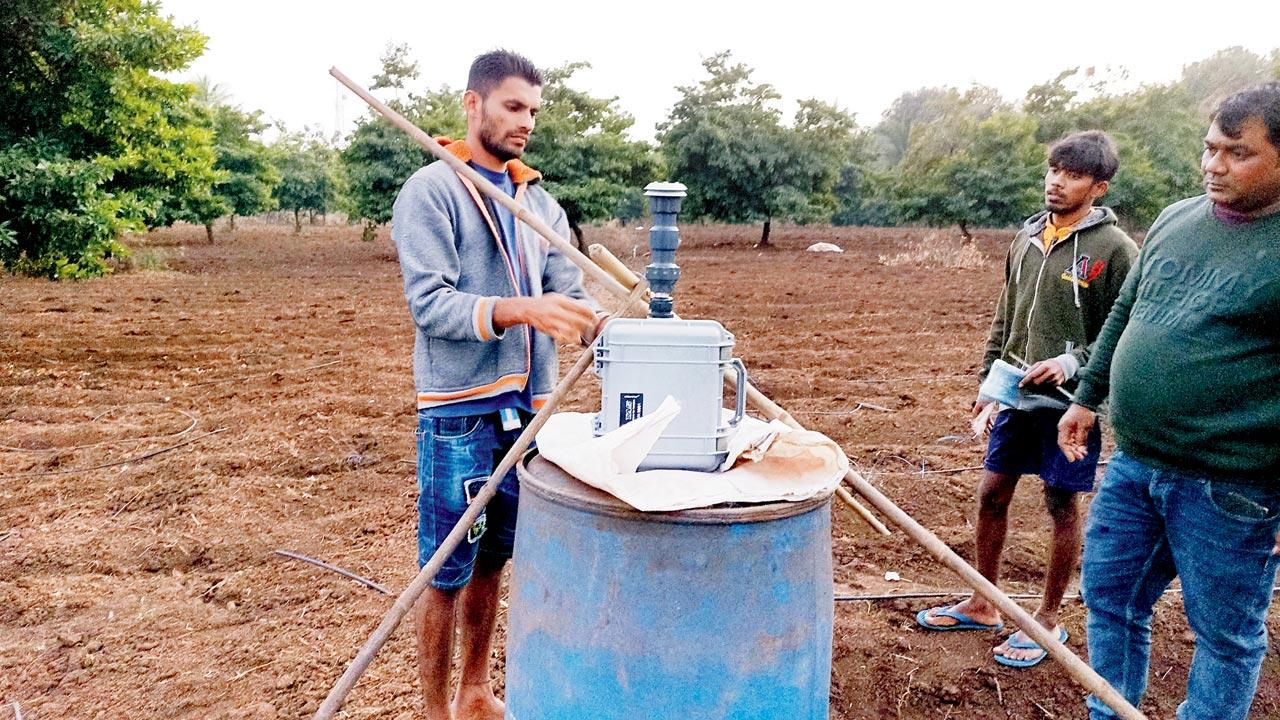 Air across 12 locations in Dahanu was found unhealthy to hazardous, according to a survey by Chennai-based Healthy Energy Initiative (India), commissioned by DTEWA
Air across 12 locations in Dahanu was found unhealthy to hazardous, according to a survey by Chennai-based Healthy Energy Initiative (India), commissioned by DTEWA
He is talking about the chikoo or sapota, a fruit indigenous to the region which this tribal-inhabited belt is most famous for. In 2017, the Dahanu-Gholvad chikoo got a geographical identification (GI) tag from the Centre. Not that it particularly helped. “My yield has dropped by 70 per cent,” Patel says remorsefully.
The downward trend, he says, began somewhere post 2000, four years after the thermal power plant was operational. “It’s hard to put a finger on what went wrong. The plant [Adani-Dahanu Thermal Power Plant] is one of the major causes, because around 6,000 tonnes of coal is burnt daily [to produce electricity]. But climate change is also at play. We’ve seen exceptionally heavy rain, especially post 2007.” In August 2020, Dahanu broke its 75-year August rainfall record after it received 383 mm of rainfall. According to Patel, not all farms have been affected as badly as his. “The plant stands exactly southwest from here [Patel’s farm]. Since the monsoon also comes from the southwest direction, farms that are downwind [in the path in which the wind is blowing] seem to be greatly impacted by it [dust particles and flyash that settle on the leaves].”
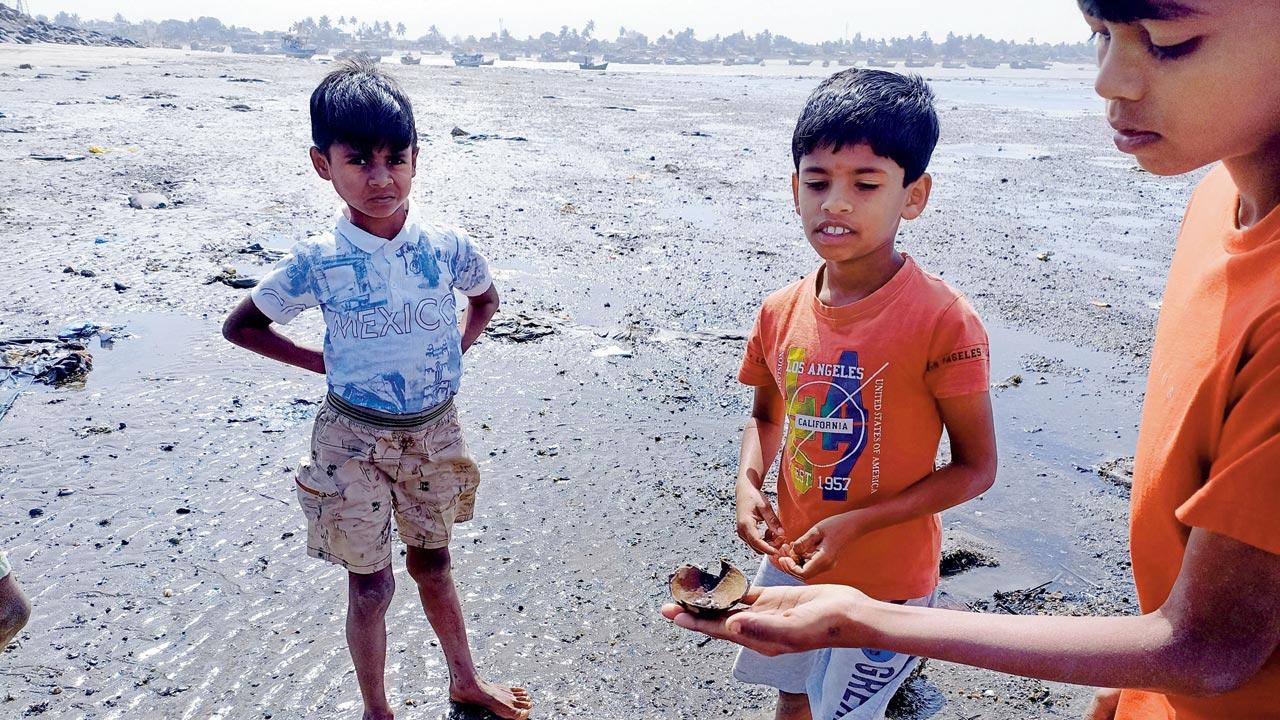 A boy from the fishing community holds a crab in a coconut shell at the Dahanu creek, Diva Dandi. In its report, Healthy Energy Initiative (India) had mentioned that the increase in pollution levels is already affecting the fish catch. “The release of hot water from the thermal power plant into the Dahanu creek has adversely affected the fish, crabs, lobster and prawn population in the river,” the report states. PICs courtesy/Healthy Energy Initiative (India)
A boy from the fishing community holds a crab in a coconut shell at the Dahanu creek, Diva Dandi. In its report, Healthy Energy Initiative (India) had mentioned that the increase in pollution levels is already affecting the fish catch. “The release of hot water from the thermal power plant into the Dahanu creek has adversely affected the fish, crabs, lobster and prawn population in the river,” the report states. PICs courtesy/Healthy Energy Initiative (India)
For the last three years, Patel has adopted newer organic farming methods in the hope of “changing the micro-climate in the farm”. “We have been practising regenerative farming. For starters, we’ve stopped tilling the soil or using fertilisers from outside [he makes his own vermicompost]. We’ve also brought in cows [to mitigate degraded soils], and have created a basin around the tree [to hold the rain water], so that when it rains heavily, the soil soaks in the water. This prevents important nutrients in the soil from getting washed away. I’ve learnt all of this after taking hard knocks… fatka khaayne,” says the Parsi in trademark Gujarati.
Patel’s concerns are mirrored by a just-released study on Dahanu taluka by Chennai-based Healthy Energy Initiative (India), a global collaboration of health professionals, organisations, and researchers engaging in science-based advocacy. The study revealed that Dahanu suffers from alarmingly high levels of air pollution.
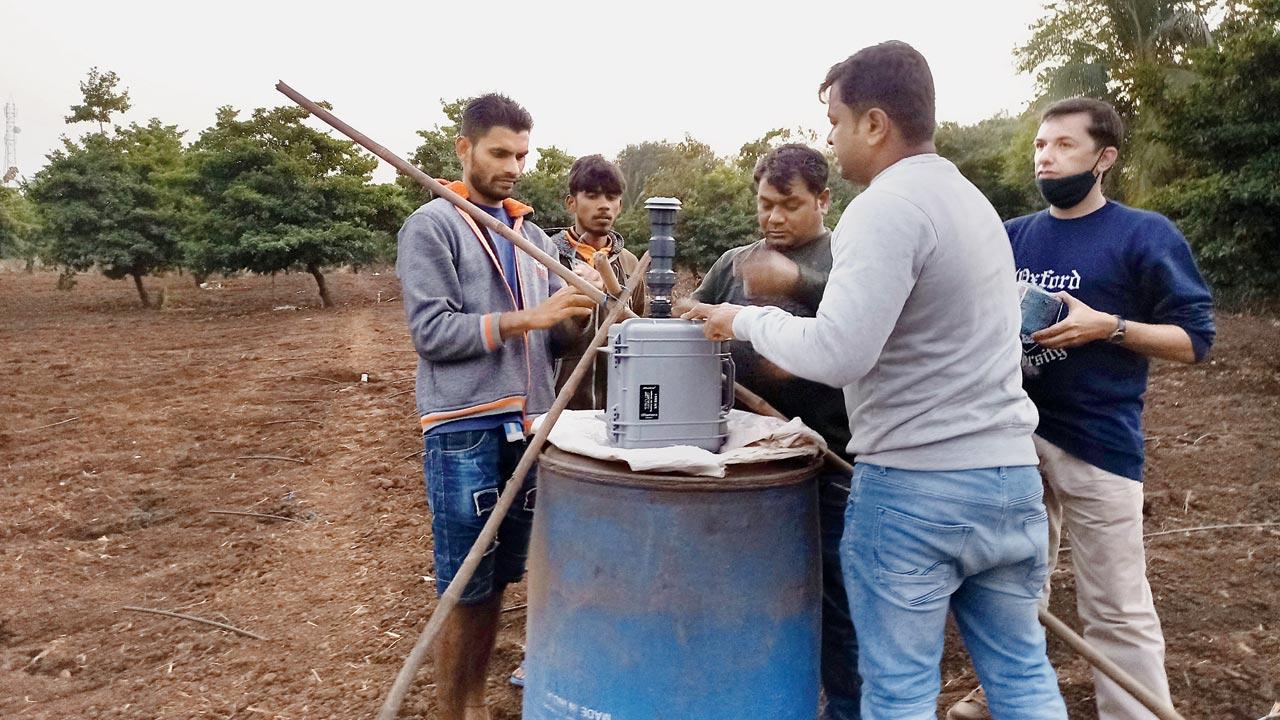 A team of Healthy Energy Initiative (India) seen setting up an air sampler device at a chikoo farm in Dahanu. The team conducted a 24-hour air sampling exercise at 12 locations in Dahanu in the last week of January
A team of Healthy Energy Initiative (India) seen setting up an air sampler device at a chikoo farm in Dahanu. The team conducted a 24-hour air sampling exercise at 12 locations in Dahanu in the last week of January
The organisation was invited by the Dahanu Taluka Environment Welfare Association (DTEWA), a group of residents and environmentalists, who’ve been mediating with the authorities to address the environmental tragedy that’s unfolding in the eco-fragile region. “The alarmingly high levels of pollution were not only affecting the horticulture industry, but also affecting the health of local residents. We conducted a small survey with the PHC [primary healthcare centre] which gave us indicative data of new cases of cancer and an increase in respiratory issues among the locals. We felt that something was not right and required investigation,” Rajeev B Lamba, founder of Nest Farms, and chairman of DTEWA says, when mid-day visits his farm. “We wrote to all the government agencies to immediately look into the matter. But, their response was lukewarm,” he says, explaining why they decided to invite an independent body to conduct the study.
Earlier this year, between January 23 and 30, Healthy Energy Initiative conducted a 24-hour air sampling exercise using a low-volume air sampler device at 12 locations in Dahanu—Patel Pada, Masoli, Kainad-Naikpada, Kainad-Morpada, Narpad, Bordi-Borigaon, Shankrpada-Khunavde, Shishupada-Agwan, Pale, Tanashi, Damn Bhat-Chinchani and Vadhavan. The samples were later analysed in Chester LabNet in Oregon, USA, for particulate matter (PM) less than 2.5 micrometres in size and heavy metals. Simultaneously, an interview-based qualitative study was also conducted with 14 farmers, six fishermen and one fisherwoman, six social workers, three health care providers and two chikoo traders from the region.
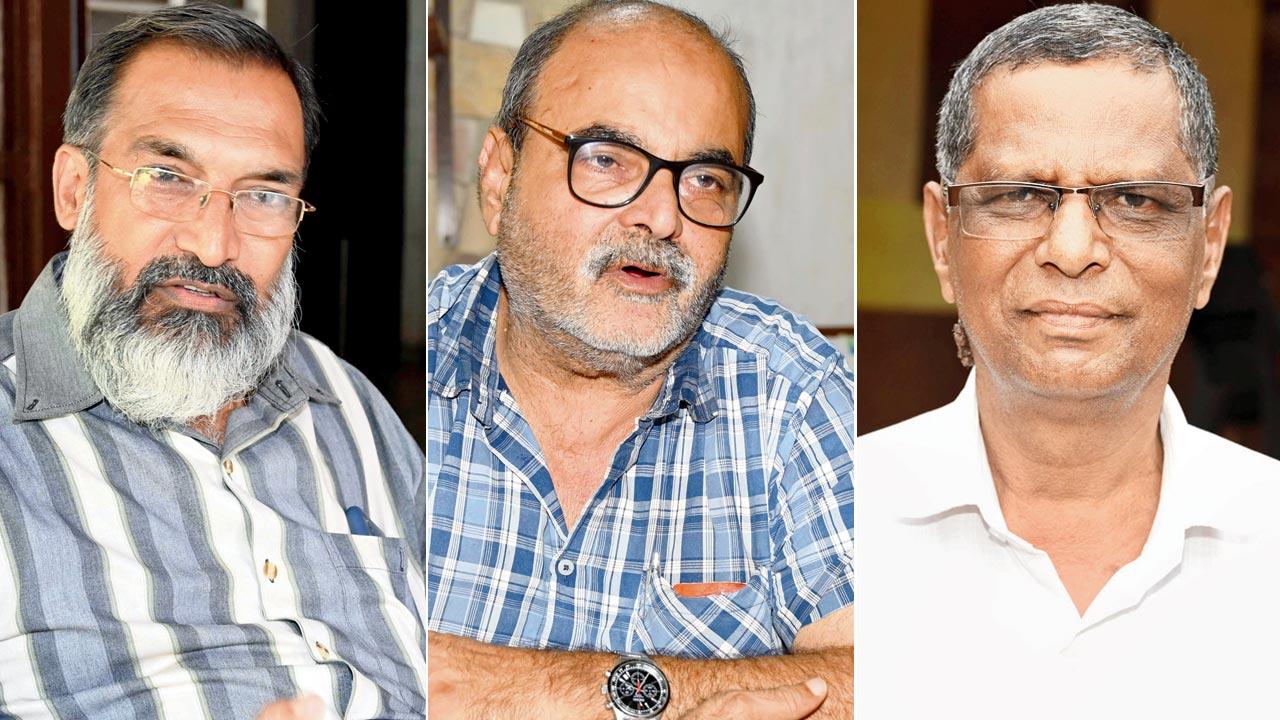 Milind Bafna, Ronnie Boman Irani and Narayan Patil
Milind Bafna, Ronnie Boman Irani and Narayan Patil
The results showed PM 2.5 levels between 117.9ug/m3 and 637.9ug/m3 (Patel Pada being worst hit)—a range that is between two and 10.6 times more than the 60ug/m3 threshold prescribed by the National Ambient Air Quality Standard. According to the analysis report, the PM mainly comprised dust, pollen, ash, soot, carbon and heavy metal. Patel Pada showed the highest level of silica (76.4 μg/m3), nickel and manganese. “Long-term, as well as acute high-level exposure to Manganese, is proven to cause neurological damages and result in a condition known as manganism,” it states.
Speaking with mid-day, Dr Vishvaja Sambath, programme lead, Healthy Energy Initiative (India), who has written and compiled the report, says that the data is cause for worry. “When we visited Dahanu for the study, it was with the full knowledge that this is an eco-sensitive zone. So, we had certain expectations about how the environment should be. But our real-time experience and the results of the study have pointed out that the ambient air is polluted, and it’s somewhere between hazardous to very unhealthy levels. Immediate, stringent and continuous action needs to be taken.”

Yezdi Patel, who has a chikoo farm in the Dahanu-Gholvad belt of Palghar district, says his crop yield has dropped by 70 per cent in the last 20 years. Pics/Hanif Patel
The coastal town of Dahanu finds itself in a pernicious situation today. It is surrounded by the Adani-Dahanu Thermal Power Station (ADTPS) on the west, Maharashtra Industrial Development Corporation (MIDC) Tarapur—which includes the Tarapur atomic power station—to the south, and the Gujarat Industrial Development Corporation (GIDC), Vapi, to the north. Back in the 1990s, after continuous efforts by residents, Ministry of Environment, Forest and Climate Change (MoEF) had passed a notification declaring Dahanu as an Ecologically Sensitive Area in 1991, and later in 1999, as an Ecologically Fragile Area. Sambath says, “If this is the situation in an eco-fragile zone, one can only imagine what the pollution levels will be in other places. Data available clearly shows how the thermal power plant and the surrounding industrial clusters are posing a threat to this region.”
While a report prepared by the Supreme Court-appointed National Environmental Engineering Research Institute (NEERI) on environmental challenges in Dahanu led the apex court to set up the Dahanu Taluka Environment Protection Authority (DTEPA) in 1996, experts claim that the quasi-judicial body has offered little or no resolution to the proposed infra projects and rampant development that’s taking place in and around the region. This includes the recently cleared Virar-Dahanu railway line expansion that will see the axing of 25,438 trees, including 24,302 mangroves; the Western Dedicated Freight Corridor to connect Dadri in Uttar Pradesh with Jawaharlal Nehru Port in Navi Mumbai; the proposed bullet train in the Dahanu-Palghar-Talasari belt; the Mumbai-Vadodara Expressway (MVE) that will lead to loss of forest cover in the Palghar district; a recently proposed pipeline to supply piped natural gas to homes in the Thane district, and the much disputed R65,000-crore Vadhavan port, for which 5,000 acres of land is to be reclaimed from the sea. Incidentally, all these contiguous projects are being undertaken with the intent to support neighbouring regions of Mumbai and Thane. Environmentalist Debi Goenka, executive trustee, Conservation Action Trust, pins the blame on the MoEF, for these unchecked projects. “The MoEF has been continually trying to sabotage the functioning of the Authority by starving it of funds. The new chairman [retd justice AB Chaudhari] of the DETPA has sidelined the expert members and is passing orders on his own.”
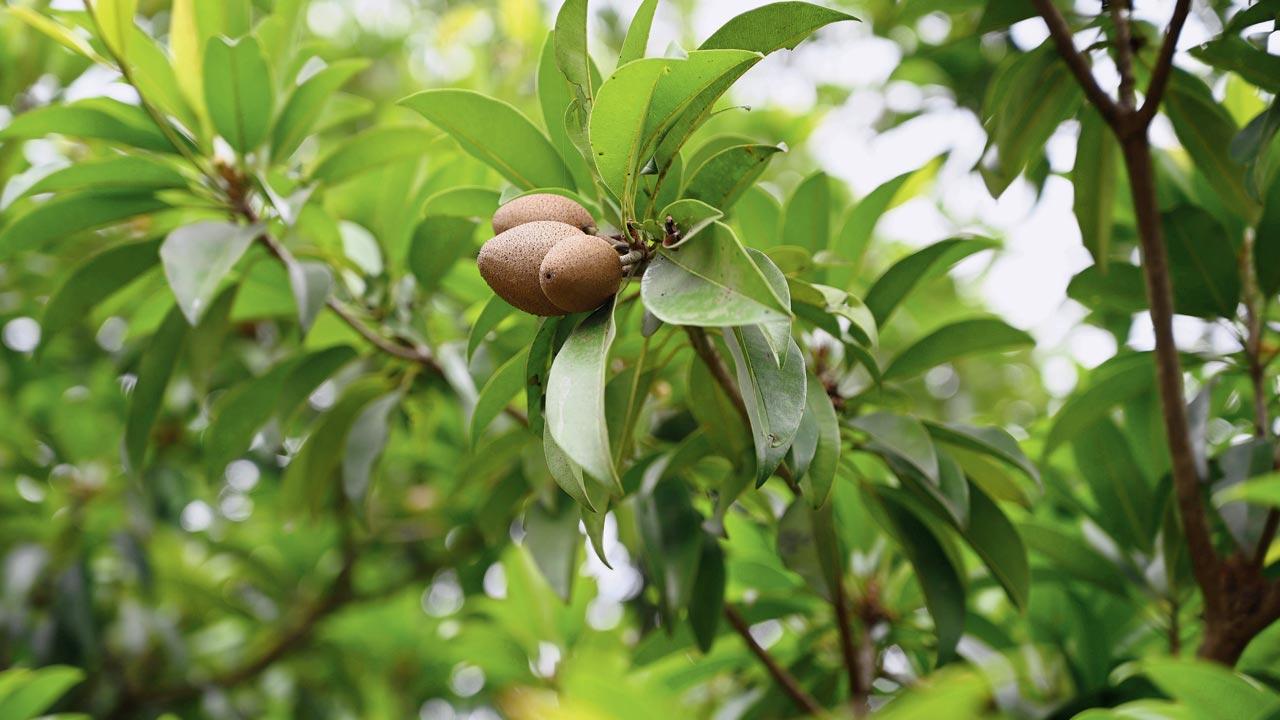
Bharat Singh Rajput, Mayor, Dahanu, has expressed concerns about the pollution levels. “I am not aware of what the pollution analysis report says, but the firm responsible for polluting the green zone must be slapped with fines and strict action must be taken against them within the ambit of law.” Rajput.”
mid-day sent an email, followed by multiple reminders to ADTPS, but received no response until the time of going to press. However, a source at the top management in ADTPS told mid-day: “We don’t find merit in the report as there seem to be vested interests involved. As a policy, we don’t make official statements.”
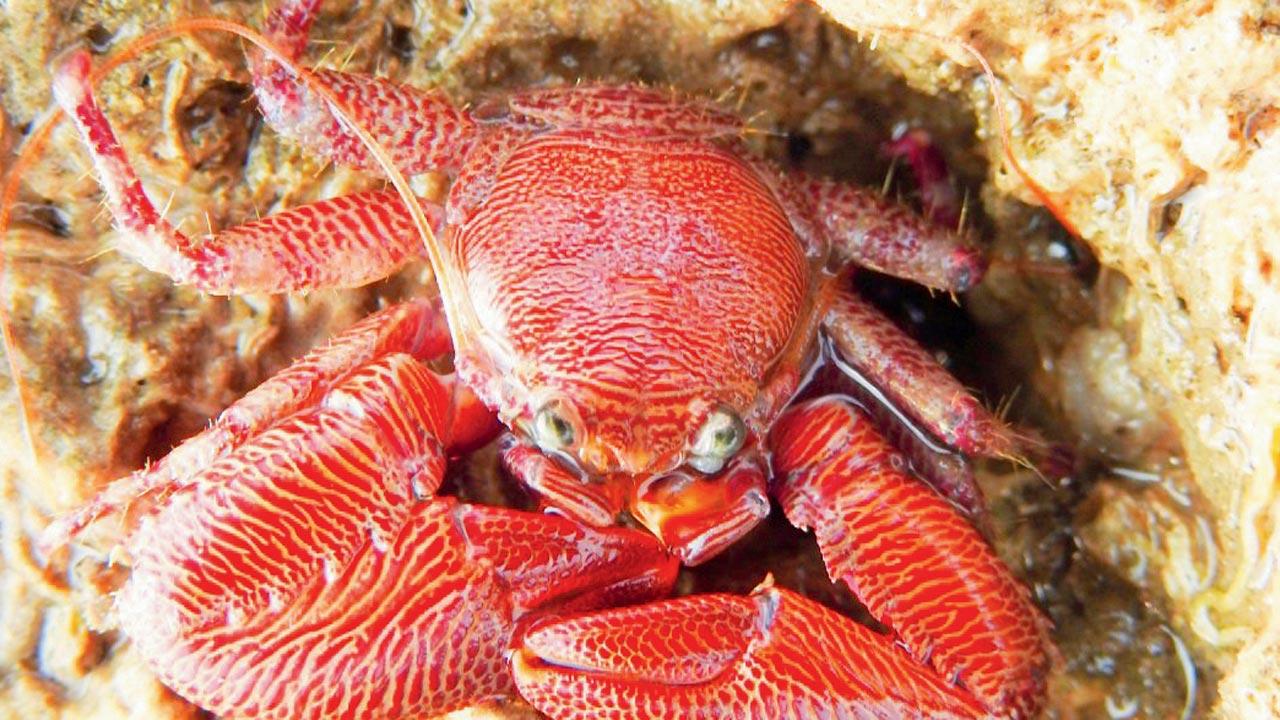
Lamba challenges the accusation, saying that the DTEWA acted on specific inputs from farmers. “We have been trying to get this data for the last two years based on widespread chikoo crop failure. Our efforts to get it from MPCB [Maharashtra Pollution Control Board] and the government bodies failed. That’s when we went ahead with HEI. There were delays in getting things done due to COVID-19, else the study would have been done in 2020-21 itself.”
The senior executive further alleged that “the analysis was carried out at a specific time during which certain weather anomalies were reported across the country”. “The power plant has the best track record with regards to environmental parameters.”
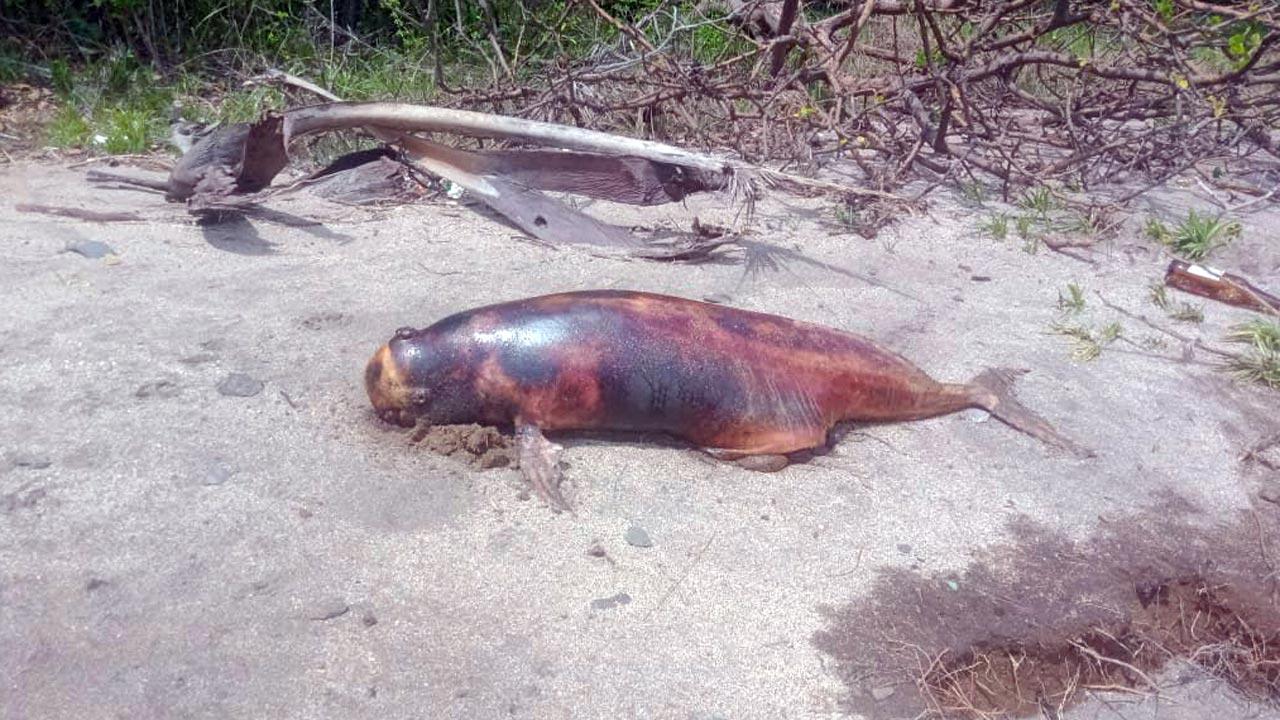
Kunal Mali, a chikoo grower from the taluka, says that “the samples were collected when the weather was all clear”. “The specific time period to conduct air sampling tests was decided weeks ahead of any indication of weather anomalies.” Sambath says that their report also recommends monitoring the air quality throughout the year. “That will help identify all possible sources and help devise policies to mitigate pollution and protect public health.”
Virendra Singh, Sub Regional Officer, Tarapur-2, MPCB, told mid-day that their officer routinely visits industries in Dahanu to ensure that pollution control arrangements provided by the industry are in operation. “In case of non-compliance, action is initiated against the defaulter units under the provisions of the Water (P&CP) Act 1974 and the Air (P&CP) Act 1981,” said Singh.
 Bhushan Bhoir, oceanographer, says he has already recorded 120 marine species in Vadhavan. “Every time I visit, I discover newer species. Most of them are clustered in one area, which makes this a biodiversity hotspot. In fact, each rock is an ecosystem in itself. There’s everything from porcelain crab, pipe fish and flower pot corals to porpoise”
Bhushan Bhoir, oceanographer, says he has already recorded 120 marine species in Vadhavan. “Every time I visit, I discover newer species. Most of them are clustered in one area, which makes this a biodiversity hotspot. In fact, each rock is an ecosystem in itself. There’s everything from porcelain crab, pipe fish and flower pot corals to porpoise”
Dr Vidyanand Motghare, MPCB director said, “Let the people who prepared the independent report approach me, I will answer their calls. There is absolutely no pollution issue in Dahanu right now.”
Meanwhile, Chief Officer, Dahanu Municipal Corporation, Vaibhav Aware told mid-day that they have decided to install pollution monitoring systems at two-worst affected locations—Dahanu Railway station and Sagar Naka—which is within 2 km-radius of the plant. “The monitoring systems will help ascertain the air quality of the eco-fragile zone. It will be ready by the end of December and will cost Rs 20 lakh.”
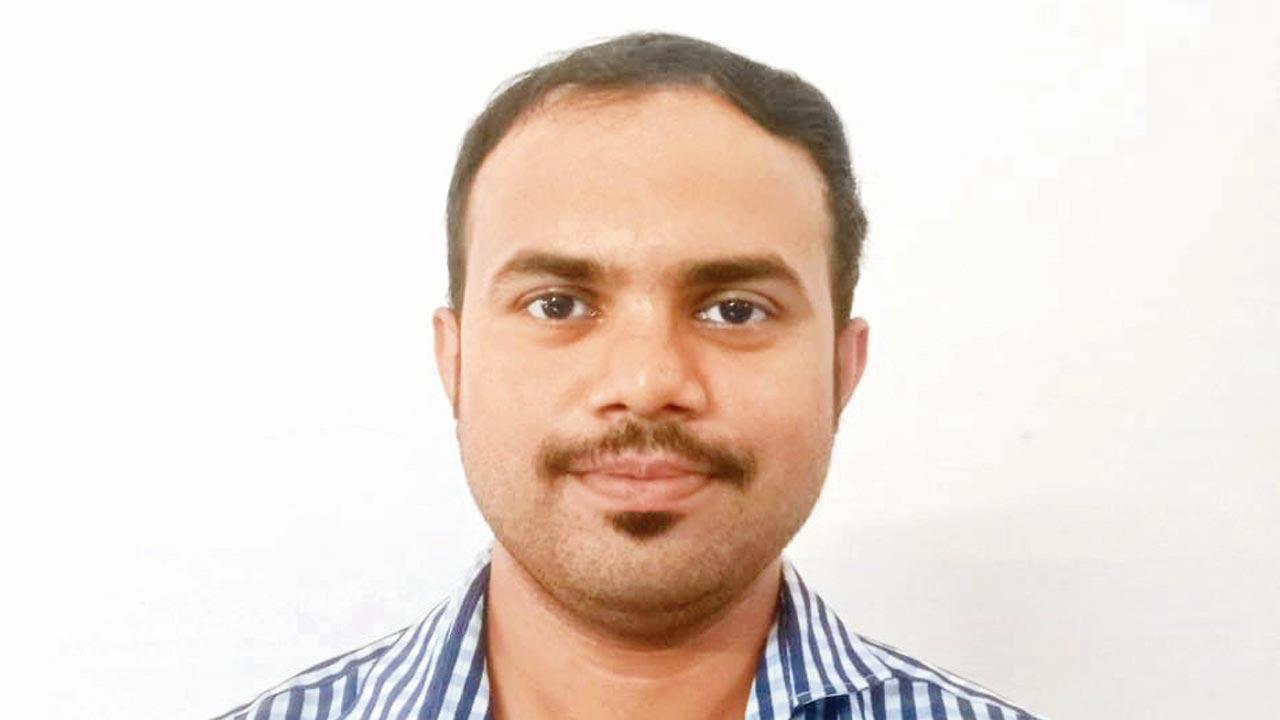 Bhushan Bhoir
Bhushan Bhoir
According to Rajput, another issue plaguing the region is the illegal construction and encroachments near the banks of the Kankradi river. Originating in the Kainad Hills, it flows into the Dahanu Samta Khadi, a 500-m wide creek. “These illegal constructions have narrowed the width of the Kankradi river bed, obstructing its natural flow, leading to massive flooding and destruction of property during monsoon,” Rajput adds.
Aware, however, denied that construction along the Kankradi river was illegal. “Developers have secured permissions from Dahanu Municipal Corporation before starting any construction work.”
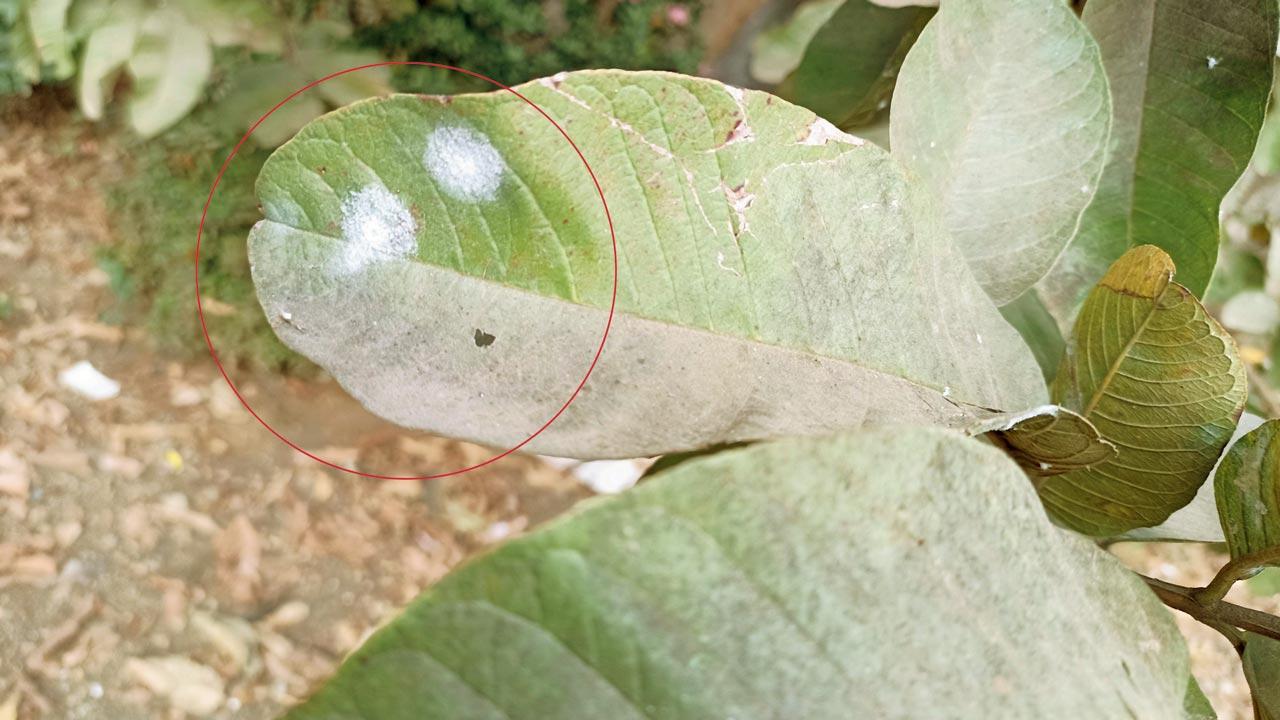 Chikoo farmers say that the white spots on the leaves are caused due to infestation by spiralling whiteflies, who are known to be sap-sucking bugs
Chikoo farmers say that the white spots on the leaves are caused due to infestation by spiralling whiteflies, who are known to be sap-sucking bugs
In March 2017, a local NGO approached the National Green Tribunal (NGT), raising concerns about these encroachments. Last month, on May 25, a Special Branch of NGT passed an order that stated: We direct constitution of a joint Committee of Principal Secretaries, Water Resources, Environment and Development Department, Maharashtra to oversee this exercise in a time bound manner. Work on the same is yet to begin.
In the wake of this ongoing man-made environmental degradation, the alarming pollution levels and climate change, locals fear for Dahanu’s future.
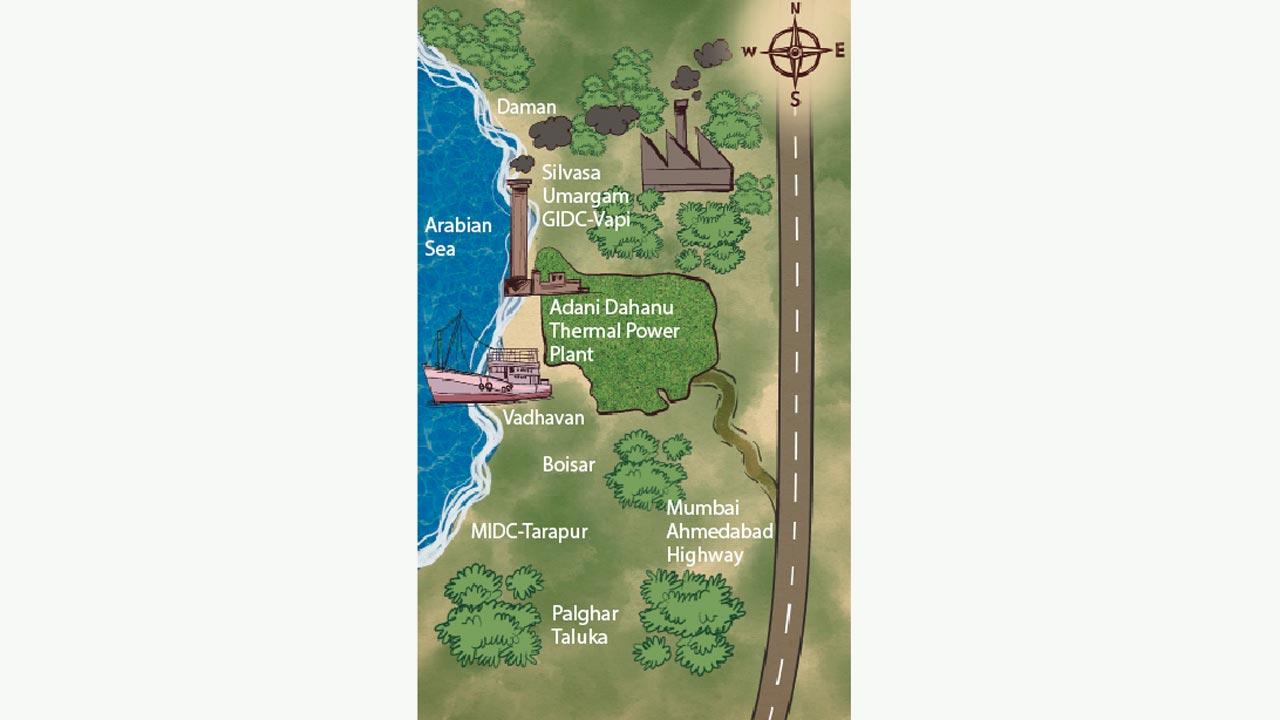 Illustration/Uday Mohite
Illustration/Uday Mohite
Horticulturist Sushil Mishra’s 24-acre farm is located barely 1.8-km away from the thermal power plant. “I am one of the worst affected. The flyash from the plant gets deposited on the leaves of my trees and this has affected the produce. We have incurred a loss of 80 per cent in the last few years. I remember breaking down one day, when I saw my dying trees. It was as if they were telling me, ‘we are sick, please help us’. I couldn’t do anything. I feel helpless.”
Milind Bafna is the secretary of the Maharashtra Rajya Chikoo Utpadak Sangh, and has an 11-acre chikoo farm. He tells us that because the chikoo tree is hardy, it is known to offer abundant yield. “In the past, it has generated a good income for Dahanu’s farmers, who’d export it across India. Not anymore.”
 Villagers seen protesting against the construction of the port in Vadhavan. Local fishermen say that if 5,000 acres of land is reclaimed from the sea to build the port, it would completely cut them off their livelihood, and also make the region flood-prone
Villagers seen protesting against the construction of the port in Vadhavan. Local fishermen say that if 5,000 acres of land is reclaimed from the sea to build the port, it would completely cut them off their livelihood, and also make the region flood-prone
Bafna is among the horticulturists, who’ve been severely hit. “Within five years of the thermal plant coming up in Dahanu, we noticed a blackish precipitation on the leaves. After some time, the fruit started developing tiny holes. This had never happened before,” says Bafna, whose family has been in the chikoo-farming business for close to a hundred years. He says there has also been a rise in incidence of the Phytophthora fungal disease in the trees. This is caused when pollutants from the tree flow down to the land area affecting the pH of the soil and making it more acidic. Due to this, the infected chikoo becomes black and exfoliates from the tree. Bafna admits that this has led to 60 per cent reduction in his chikoo yield. “In the 1990s, one chikoo tree would give me at least 300 kg of fruit. Today, it’s about 100-125 kg.”
Bafna says he was among those who resisted the coming in of the thermal power station. But today, because of the losses he has suffered with his yield, he is not so sure, “how having a green zone tag has helped us”. It’s a catch-22 situation, he says. “I have two sons—one has his own IT company and the other is an interior designer. Both of them don’t want to return to Dahanu. I don’t have anything to offer to them, beyond this loss-making chikoo farm, which cannot be developed into anything else, because of the green zone restrictions in place.” “But if we are not going to yield healthy crops, and the authorities aren’t going to do anything about the ever-increasing pollution levels, what’s the use of this GI tag or green zone label. What are we leaving behind for the future generation?”
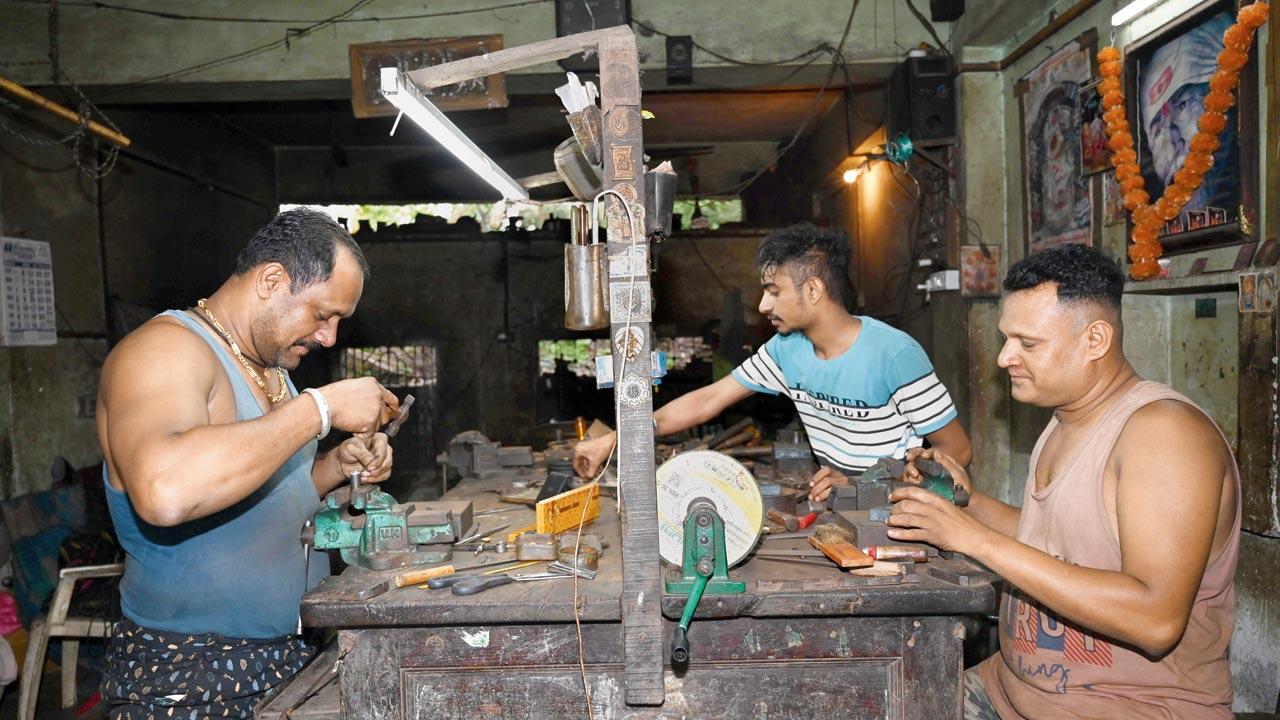 The dye-makers of Dahanu lament that if the port comes up, the area will become chaotic, and commercial development will hamper their craft business
The dye-makers of Dahanu lament that if the port comes up, the area will become chaotic, and commercial development will hamper their craft business
Horticulturist and hotelier Ronnie Boman Irani, who has a 10-acre farm in Dahanu, says that farming can no longer make ends meet. “I cannot even support my labourers. When industries in Boisar and other neighbouring regions pay their staff Rs 300 a day, why will anyone work for Rs 180 with me? Even paying that salary pinches us because of the low yield.”
Patel feels that the green zone tag came without a comprehensive plan about balancing development and protecting the region. “And that’s where the real problem lies.”
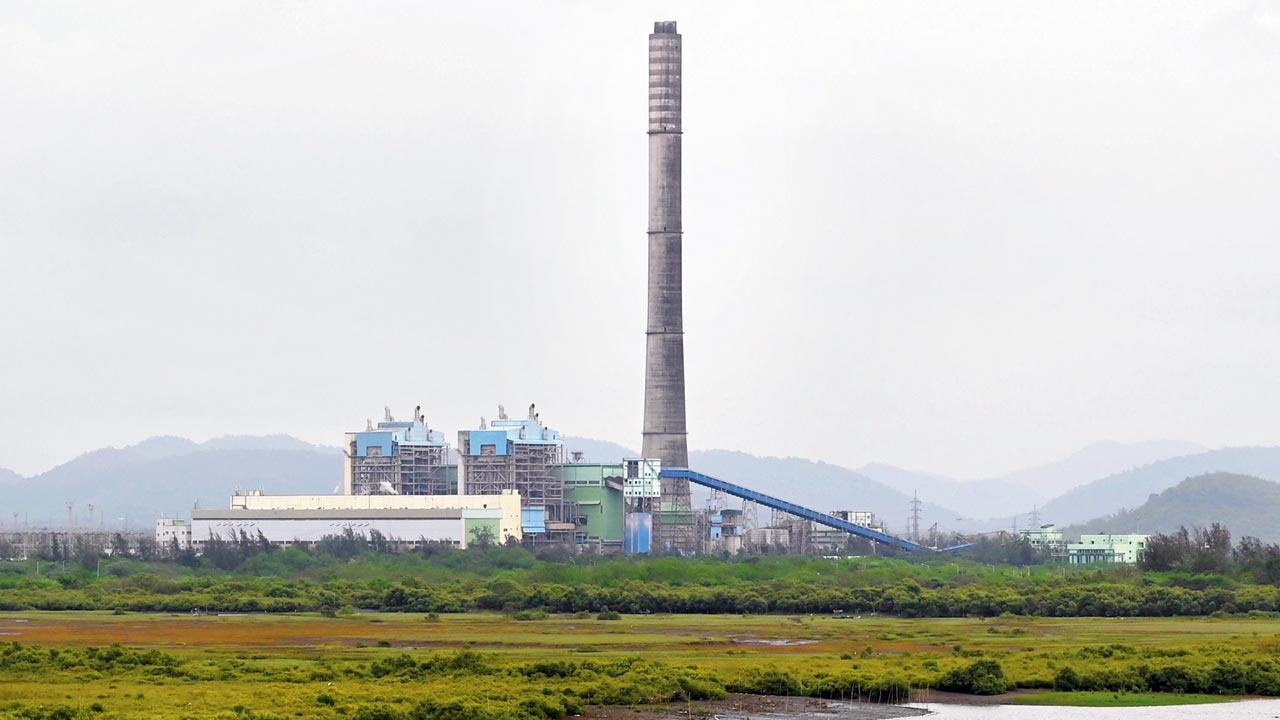 The Adani-Dahanu Thermal Power Plant, say experts, is one of the major causes of air and sea pollution in Dahanu taluka. Reports from the recent study showed that Dahanu has a particulate matter (PM) 2.5 levels between 117.9ug/m3 and 637.9ug/m3—a range that is between two and 10.6 times more than the 60ug/m3 threshold prescribed by the National Ambient Air Quality Standard
The Adani-Dahanu Thermal Power Plant, say experts, is one of the major causes of air and sea pollution in Dahanu taluka. Reports from the recent study showed that Dahanu has a particulate matter (PM) 2.5 levels between 117.9ug/m3 and 637.9ug/m3—a range that is between two and 10.6 times more than the 60ug/m3 threshold prescribed by the National Ambient Air Quality Standard
The Vadhavan port has been a matter of contention since 1996. Narayan Patil, a senior journalist and president of Vadhavan Bandar Virodhi Sangharsh Samiti, who has been resisting the construction of the port since then, says the DETPA was setup primarily to look into the issue. “At the time, the Australian firm P&O, headquartered in England, had tried to build an international port at Vadhavan, but in 1998, the DTEPA had ruled that the port would be harmful to the environment of Dahanu taluka. The company was forced to withdraw,” says Patil, when we meet him in Vadhavan village.
For the next 15 years, there was no mention of a port in the region, he says. When the NDA government came to power in 2014, Patil says, PM Narendra Modi took up the issue of the development of the port once again. In 2016, a Memorandum of Understanding (MoU) was signed at the Make in India week. As per the plan, at the time, the Jawahar Lal Nehru Port Trust (JNPT) would hold a 74 per cent stake in the proposed port project, while the Maharashtra Maritime Board (MMB), owned by the state government, would hold the rest. “Surveys were undertaken again. That’s when we filed another petition with the DTEPA. We appealed to Justice [Chandrashekhar] Dharmadhikari, who was the then chairman of DTEPA, to look into the issue. He immediately put a stay on any work,” he says.
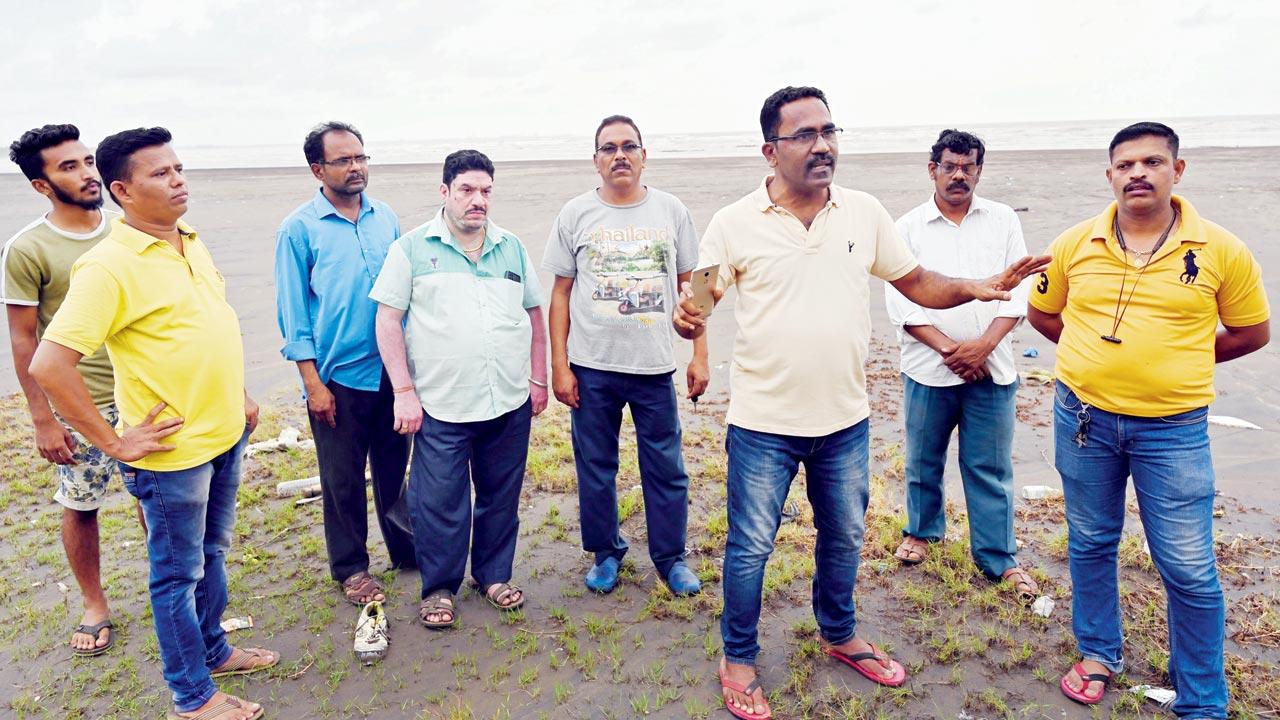 Vijay Vinde (third from right), says 90 per cent of residents are dependent on fishing. “During the lockdown, we were completely reliant on the sea for our food. I don’t remember a day when we went hungry”
Vijay Vinde (third from right), says 90 per cent of residents are dependent on fishing. “During the lockdown, we were completely reliant on the sea for our food. I don’t remember a day when we went hungry”
The tussle is ongoing. The NGT in 2021 ordered the Central Pollution Control Board (CPCB) to form a panel to look into the status of the port project and suspend all work till a report is submitted. The panel, he says, gave a green signal to build the port. Earlier this month, Patil says they filed another petition with the Supreme Court. At present, several organisations, including the Maharashtra Machchimar Kruti Samiti, Thane District Madhyavarti Sangh and Thane district Machchimar Samaj Sangh organisations have extended their support to Patil and his samiti.
The dye-makers of Dahanu, who work in the neighbourhood, and are into embossing, pressing and cutting jewellery, have also joined the protesters. Rajendra Patil, a local dye-maker and artisan, says, “This is our ancestral business and we have been living here forever. It’s peaceful here. If the port comes up, the area will become chaotic, and commercial development will hamper our craft business.”
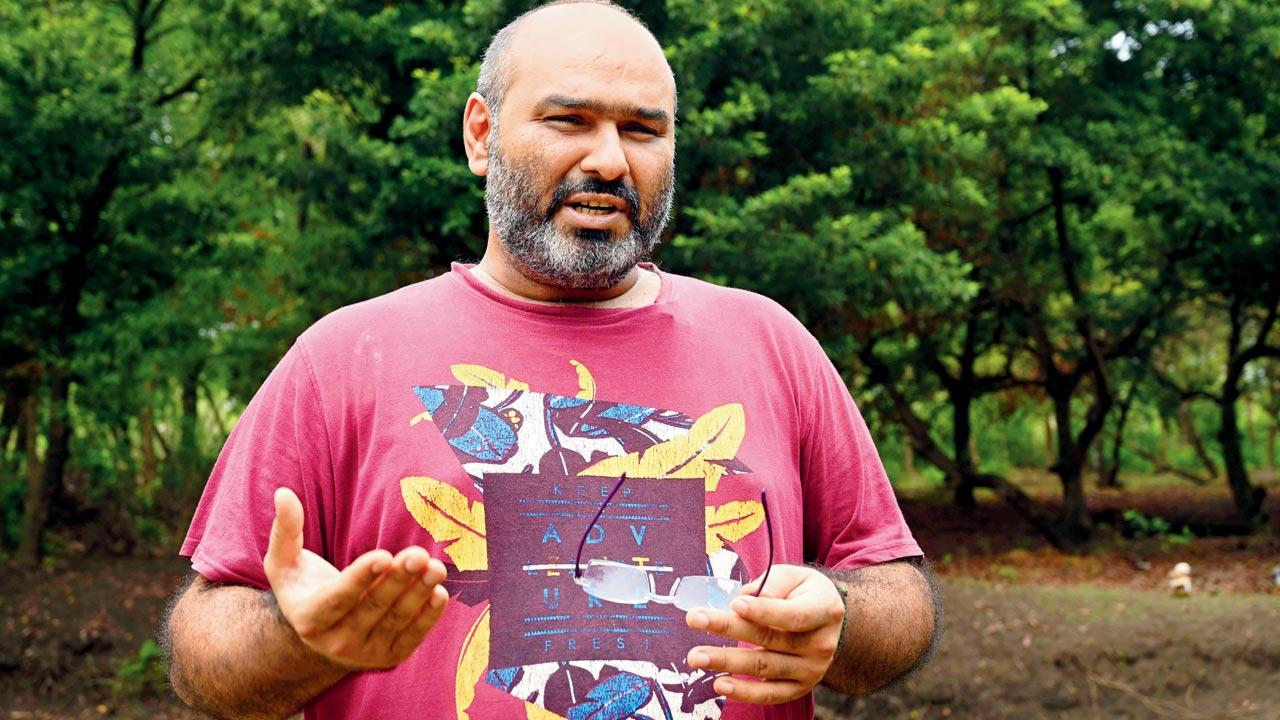 Rajeev B Lamba, chairman of DTEWA says that they invited Healthy Energy Initiative (India) to conduct an environmental study after they got a lukewarm response from the authorities
Rajeev B Lamba, chairman of DTEWA says that they invited Healthy Energy Initiative (India) to conduct an environmental study after they got a lukewarm response from the authorities
Local fishermen Vijay Vinde and Hemant Tarmore, point to the rising cases of flooding in the region. Vinde, a father of two, who is from Varor, where 90 per cent of residents are dependent on fishing, says, “During the lockdown, we were completely reliant on the sea for our food. I don’t remember a day when we went hungry. This, despite having no source of income. The sea is our father and mother. What will we do if the rakshas [demon, the port] comes here?” Tarmore adds, “We will never allow the government to destroy our mangroves and marine life. The port will only benefit Adani [power plant].”
In its report, Healthy Energy Initiative (India) had mentioned that the increase in pollution levels is already affecting the fish catch. “The release of hot water from the thermal power plant into the Dahanu creek has adversely affected the fish, crabs, lobster and prawn population in the river,” the report states. It further reads, “The coal used in the TPP [thermal power plant] is mostly imported via the Arabian sea in huge container ships. They are then shifted into small barges and taken to the TPP through Dahanu creek. During this process, loads of coal are spilled into the sea near the river mouth. Because of this, the fish caught in the sea is also compromised.”
Bhushan Bhoir, oceanographer and assistant professor, zoology department, Sonopant Dandekar College, Palghar, has done extensive research on the marine biodiversity in and around Vadhavan. He says pollution, climate change and overfishing have already affected marine flora and fauna. Reclaiming the sea for the port will put additional pressure on the ecosystem. “The focus should rather be on protecting the environment.” In the last study funded by the World Wildlife Fund nearly 20 years ago, Dr Shashi Menon of Ramnarain Ruia College had recorded 180 marine species. Bhoir, who is currently undertaking a similar study in Vadhavan, has already recorded 120 marine species. “The study is ongoing. Every time I visit, I discover newer species. Most of them are clustered in one area, which makes this a biodiversity hotspot. In fact, each rock is an ecosystem in itself.” There’s everything from porcelain crab, pipe fish and flower pot corals to porpoise. Vadhavan’s coast is also home to the sought after ghol fish, whose fins have medicinal value and are used to make dissolvable stitches. There have been reports of the catch fetching crores of rupees. Bhoir adds, “Vadhavan is also home to undisturbed mangroves. The shade of the mangroves helps maintain the temperature of the tide pools. This creates a good nursery ground for the fish and also improves the water quality by blocking the sediments coming from the coast side, due to which you see coral reefs there.” Far from hosting a port, Vadhavan, he says, is precious enough to be declared a marine sanctuary.
One of the few backing measured development is local resident Farzan Mazda, who argues for a change in the 1991 MoEF notification that restricted the kind of industries permitted and put a freeze on any change in land use. Mazda says, “The region can retain its green tag, but also have clean development if the notification is amended. The no change in land use clause means that if your land was meant for horticulture at the time, your farm will remain a farm for eternity. In my opinion, this is crippling the region.”
Dahanu-based environmentalist and DTEWA secretary Phiroza Tafti, who along with Nargis Irani, was the force behind DTEPG, which fought against the thermal plant tooth and nail, says, “If the illegal Vadhavan port is permitted to be constructed in the only green ecologically fragile area between MIDC and GIDC, it will be an unmitigated disaster for the adivasis, farmers and fisherfolk. In terms of livelihood and health, everyone will pay the price for it in the years to come.”
Tafti says that even though the thermal power plant did come up eventually, “on paper, we won, because we declared Dahanu ecologically-fragile. It was also a struggle to get the flue gas desulfurisation [FSD] plant [that removes sulfur dioxides (SO2) from flue gas produced by boilers, furnaces, and other sources]. We managed to do that over 10 years after the thermal plant came up.” This, she says, is reason enough for her to not give up the fight, when it comes to the port.
120
No. of marine species oceanographer Bhushan Bhoir claims to have spotted in Vadhavan in an ongoing survey. Far from hosting a port, Vadhavan is precious enough to be declared a marine sanctuary, he says
76.4 μg/m3
The particulate matter levels in Patel Pada area of Dahanu showed the highest levels of silica in the air
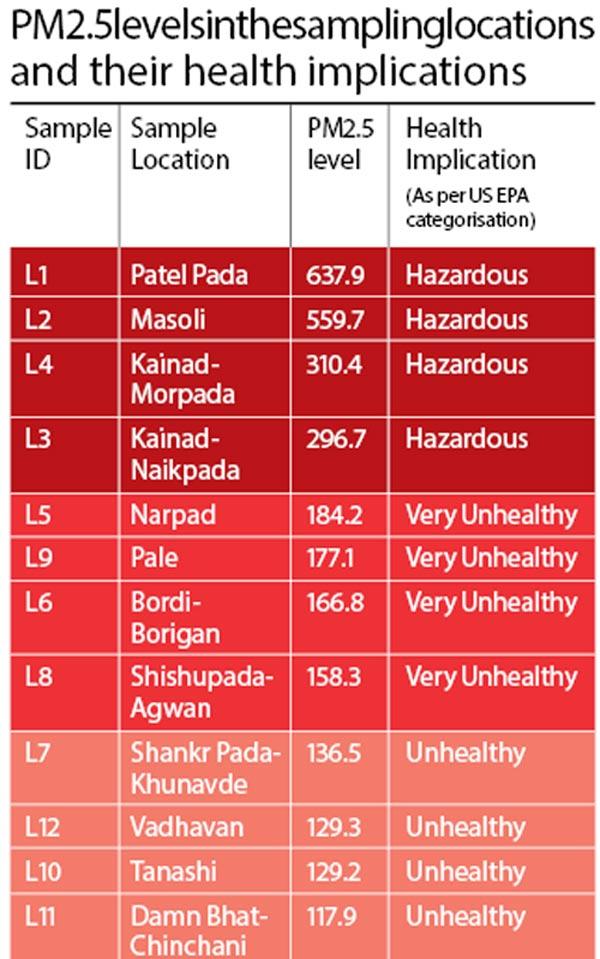
 Subscribe today by clicking the link and stay updated with the latest news!" Click here!
Subscribe today by clicking the link and stay updated with the latest news!" Click here!







